Choose your Wing board
- How to
- News
- On land
- Wing
Better understand the shapes and dimensions you need for wing foiling.
Choosing the board that suits you perfectly can turn out to be a real challenge given the many parameters that define its qualities. In order to better understand all these parameters of length, width, volume, hull, technology and shape of a board, we explain all of their purposes in this How To.
 Wing foiler: Malo, GONG team rider, with a Mint FSP Pro, Neutra Aramid X wing, HM85 mast, Fluid front wing and Ypra Surf-Freestyle stab.
Wing foiler: Malo, GONG team rider, with a Mint FSP Pro, Neutra Aramid X wing, HM85 mast, Fluid front wing and Ypra Surf-Freestyle stab.The length
It facilitates balance while increasing the glide and inertia.
The big questions are:
- Storage: Do you have enough space to store and transport your board? A 6' board is always convenient, a 7' still fits well in a standard car, but if you are going with family or friends, roof bars are essential. Inflatable models solve transport issues: once folded, they fit into a backpack. Ideal for traveling light with 95% of the performance of a rigid board. We help you choose the inflatable board for beginners in this article, and the one for riding like a pro here.
- Riding style: If you're interested in relaxed riding, a board over 6' is great for smooth learning and effortless glide. For tighter turns and more aggressive riding, a shorter board (5'0 or less) offers more responsiveness but requires more technique.
Short boards require a good level of skill to manage fore/aft instability and lateral support. However, with the right volume, they can offer an ultra-responsive experience, even for non-expert riders.
 Wing foiler: Moritz, GONG team rider, on the Lance FSP 2X with a Neutra (Perf Series) and an X-Over foil.
Wing foiler: Moritz, GONG team rider, on the Lance FSP 2X with a Neutra (Perf Series) and an X-Over foil.- Do you want to wing relaxed or radical?
Below 6′ the boards are very lively while above 6′ they are super chill and boost your early stages.
A longer board also increases inertia, so you have to be a little bit more aggressive in some turns, which is something it doesn’t like so much. But it also offers an incomparable glide, very smooth. A long length also allows you to fly very early by gliding relatively fast on the water before flying without too much effort to accelerate and keep your balance. A longer board will also keep its trajectory on the water, be more docile. In the first sessions, it is very difficult to control the trajectory and have enough speed before flying. It is therefore fundamental to keep length when you start.
A shorter board allows radical turns, or even to break the curves for a more extreme ride. It’s another style, very technical and physical, that condenses energy to burn it better in the moves. You pump more easily, and the board responds instantly.
Very small boards, below 5’0, have a very low glide speed. The balance while standings still and before flight is precarious as it combines the management of forward/backward instability with port/starboard and reduced lift. But with a reasonable volume and width, we can consider winging with this kind of board without being world champion. They are ultra-responsive, offer high performances, and are easily transportable.
 Wing foiler: Malo, GONG team rider, on his Stunt FSP Pro, Droid Aramid X, HM85 mast, Ypra Freestyle front wing and Freestyle stab.
Wing foiler: Malo, GONG team rider, on his Stunt FSP Pro, Droid Aramid X, HM85 mast, Ypra Freestyle front wing and Freestyle stab.The width
Beginners really need to have a lot of surface and volume to stand on. The foil makes this important width totally transparent in flight. But as you progress you will take greater angles while riding and in the curves. A part of the rail will touch the water and put an unpleasant brake stroke. But this width gives you an incredible comfort. So it’s all about compromise, knowing that it’s better to have too much than not enough.
- A 20″ wing board is a so-called narrow board.
- 25″ is a “normal” board.
- A 30″ board is called “wide”.
These are good references. But we can go much less or more depending on the programs and the needs of the users.
Indeed, a narrow board goes fast on the water but in flight it makes almost no difference. In very light wind, this ability to move quickly on the water will allow you to activate the foil and take off more easily, provided that the board has enough volume to keep you high on the water (meaning a volume greater than your weight). In strong winds a narrow board will give your less unpleasant wind surface area. But in normal winds the width generates lift and therefore acceleration at the start. The assumptions that the width would break the speed is unfounded in 95% of the sessions.
 Wing foilers: Bastien and Francesco, GONG team riders, riding the Cruzader Diamond, Cruzader Point LW and Droid Aramid X wings.
Wing foilers: Bastien and Francesco, GONG team riders, riding the Cruzader Diamond, Cruzader Point LW and Droid Aramid X wings.
The outline
This outer curve of the Wing board takes the elements of length and width but the way the shaper will join the 4 “corners” of the board will condition everything.
We often use OFO (one foot off) data, width measurements at 30 cm from the front and back. This gives a good reference on the curve of the outline. But in Wing, we use very short boards. As a result, the OFOs are not very relevant.
The most important is the general shape of the board:
- Rectangular outline, wide ends: The lateral stability of this type of board makes it easier for beginners to find their balance, especially on choppy waters. These are the most accessible boards. The Lance is the best example, featuring impressive stability that helps users get familiar with handling the wing. A generous outline on the tips is also a valuable aid for freestyle landings. This outline can therefore suit practitioners of all levels.
- Narrow/elongated outline: The balance is more technical, but comfort is gained once on the foil, as you will be less prone to touch-downs, for example, while surfing through engaged turns or racing when you take an angle. An elongated outline promotes speed on the water and thus take-off, as your foil will be activated more quickly.
Taking off early also requires being high on the water with a board that has volume.
 Wing foiler: Moritz, GONG team rider, on a Lance FSP 2X, wing Plus and X-Over foil.
Wing foiler: Moritz, GONG team rider, on a Lance FSP 2X, wing Plus and X-Over foil.Thickness
The maximum thickness is a data without great significance. A Wing board is made to fly, so 1cm more or less at the end of a 1m foil in the chop will not change your life; as long as you have the right volume under your feet. Less than 4″ thick is a thin board. Within 5″ is standard. Above 5″ it’s thick.
The most important thing is the distribution of this thickness.
- Laterally
A very domed board (with a dome-shaped deck) will often be very unstable on the water and less controllable in flight. Conversely, a board with a flat deck will generally be very stable and receptive to your feet, which will be frankly connected to the foil’s drive because the deck at 90° from the mast is a very clear and analyzable feeling.
Reducing the thickness under your feet by using a recessed deck enhances that very clear and direct feeling of connection with the foil (provided you keep a flat surface under your stance). By lowering the center of gravity in this way, you also gain a great deal of stability.
 Wing foiler: Moritz, GONG team rider, on a Lance FSP 2X with a Neutra (Perf Series) and an X-Over foil.
Wing foiler: Moritz, GONG team rider, on a Lance FSP 2X with a Neutra (Perf Series) and an X-Over foil.
- Longitudinally
A board that has little volume at the tail is often unstable. In excess, it is a board that will be very sensitive to water motions when standing still. Too much imbalance in the volume distribution will be a source of unwanted behaviour and often this board will prove to be bad and abrupt.
We will favour an almost homogenous distribution in the back two thirds, where the supports are, to finish more and more finely by moving away from the feet towards the nose.
 Wing foiler : Benjamin, team rider GONG, en Mint FSP Pro avec une Neutra Boom (Perf Series).
Wing foiler : Benjamin, team rider GONG, en Mint FSP Pro avec une Neutra Boom (Perf Series).
- The scoop/rocker
You have to be careful on the scoop line (the banana) of the Wing boards. It is indeed not rare to see absolutely ineffective scoops given the opportunists who throw themselves into this business.
Often, the initial ideas are good but sometimes deviate. For example, it is not uncommon to see Wing boards with a big spatula in front. The theoretical function is to better pass the waves and absorb the touchdowns. This is a mistake. Too much scoop at the front provides a more vertical surface in the water and therefore more grip. So the board will stop and make you fall.
Good ideas that are pushed too far often lead to big mistakes. A good board is a fair compromise that speaks to the eye just as a marine animal seems to be made for its environment.
A scoop must be harmonious and above all in connection with all the other parameters of the shape.
- The flow
We use the term "flow" to describe the glide seen from the board's profile view. The distribution of volume along the length will determine more or less flow. This natural glide, more or less pronounced, often contrasts with the need for balance. It's something to balance according to your level and your sensations.
- The hull work
The reason has to outweigh the aesthetic. A very complicated hull, we’ve experienced this in the 80s. Tulips and so on… it made people sell and it hid the technological misery.
Hull work can bring real benefits if it is applied correctly. To say that a deep double concave under the nose sticks less is a misnomer. It offers more surface, so it sticks more, but this surface comes into contact with the water more gradually than a flat surface, so it softens the contact with the water, giving the illusion of more glide. If it is the damping that we are looking for, then yes the marked double concave is a solution. But it makes you lose volume that you have to make up for with more thickness or length, and therefore more rail, and more contact in curves etc etc etc etc etc….
Nothing is simple in terms of shape because nothing is isolated from the other parameters. Compromise and moderation are often the best solutions. In hull work, it is absolutely necessary to think about the hull in action in all its phases.
 Wing foiler : Francesco, team rider GONG, en Cruzader Point LW FSP Pro et Droid Aramid X.
Wing foiler : Francesco, team rider GONG, en Cruzader Point LW FSP Pro et Droid Aramid X.What quiver of wing boards?
You don’t need many wingboards, because often you’ll do everything with the one you love the most.
But as you progress, you can be tempted by two complementary volumes. Possibly by completing a generous light wind board with a more radical board.
The choice will be led more and more towards complementary programs. For example having a 100% waveriding board and a Freerace or Freestyle board will make up a luxurious quiver. This is the big trend since several seasons: a board and a wing for each style of session.
You can of course complete your wing quiver with a range of stand up paddleboards without foil. And surfboards for windless days, so you never stay out of the water.
 Wing foiler: Malo, GONG team rider, in Lemon FSP Pro, Droid (Perf Series), HM mast, Ypra Freestyle front wing and Freestyle stab.
Wing foiler: Malo, GONG team rider, in Lemon FSP Pro, Droid (Perf Series), HM mast, Ypra Freestyle front wing and Freestyle stab.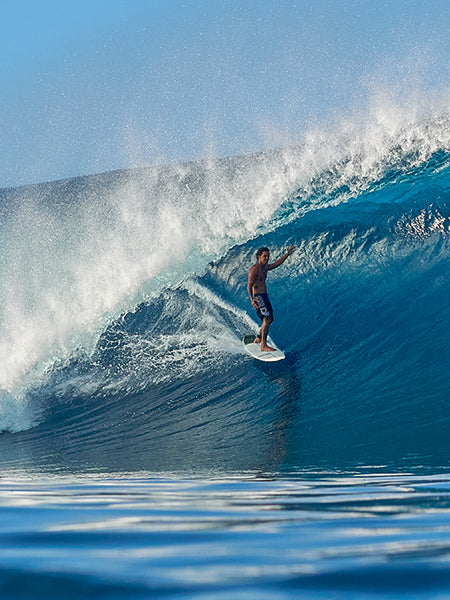
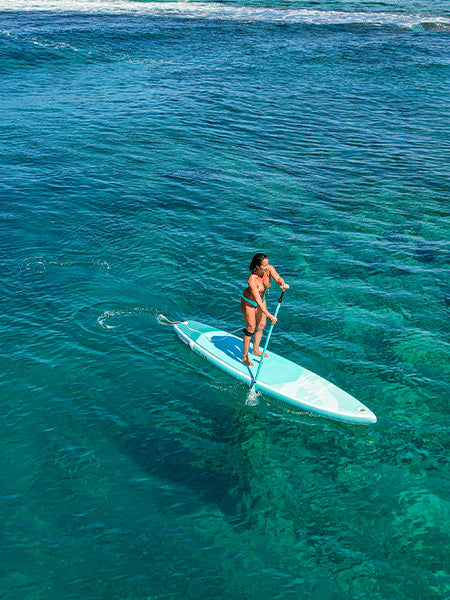

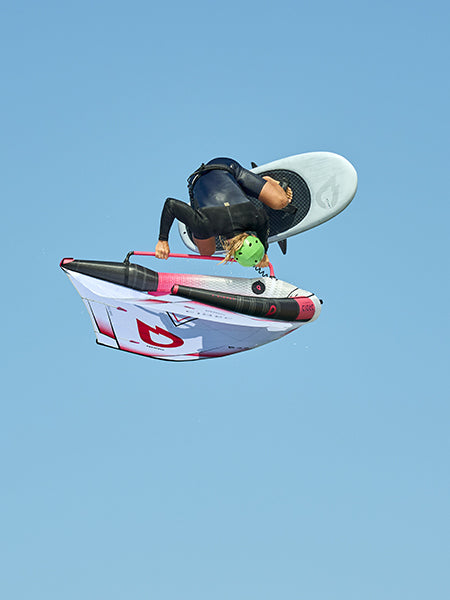
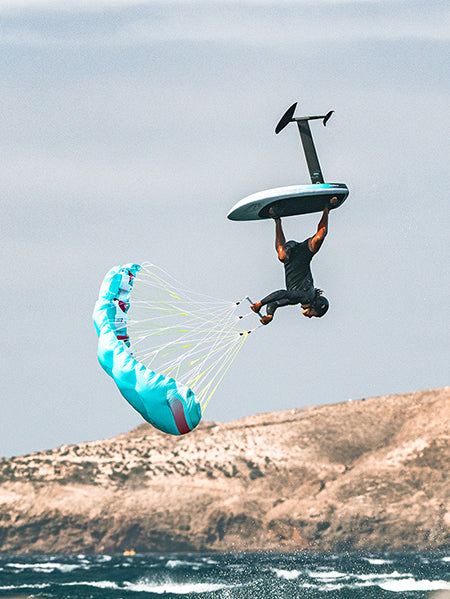
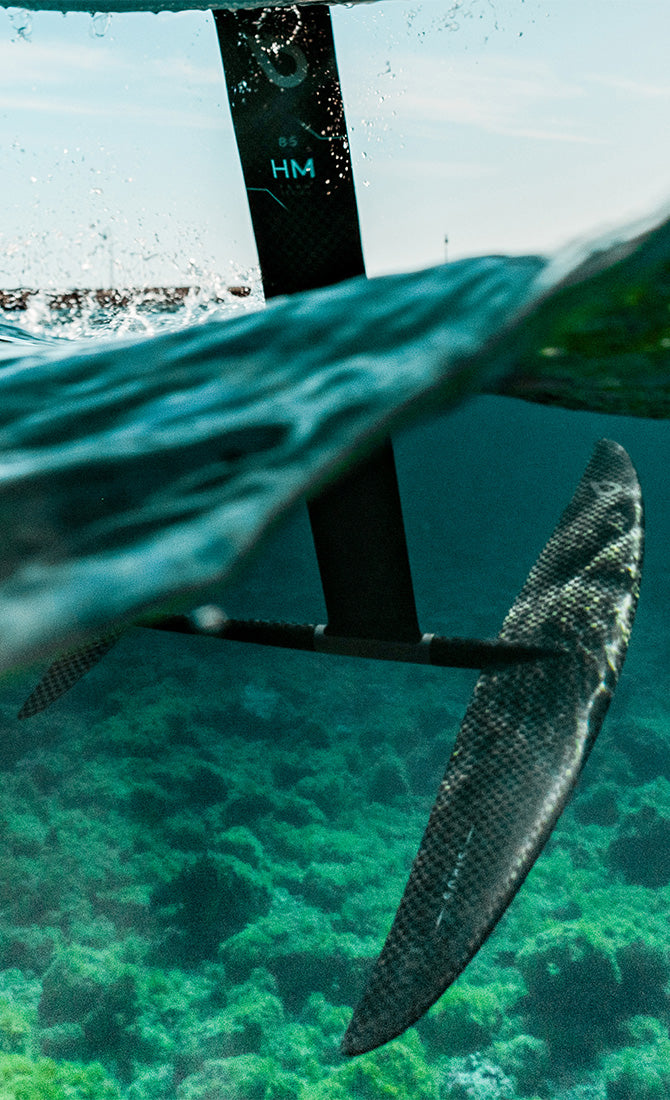


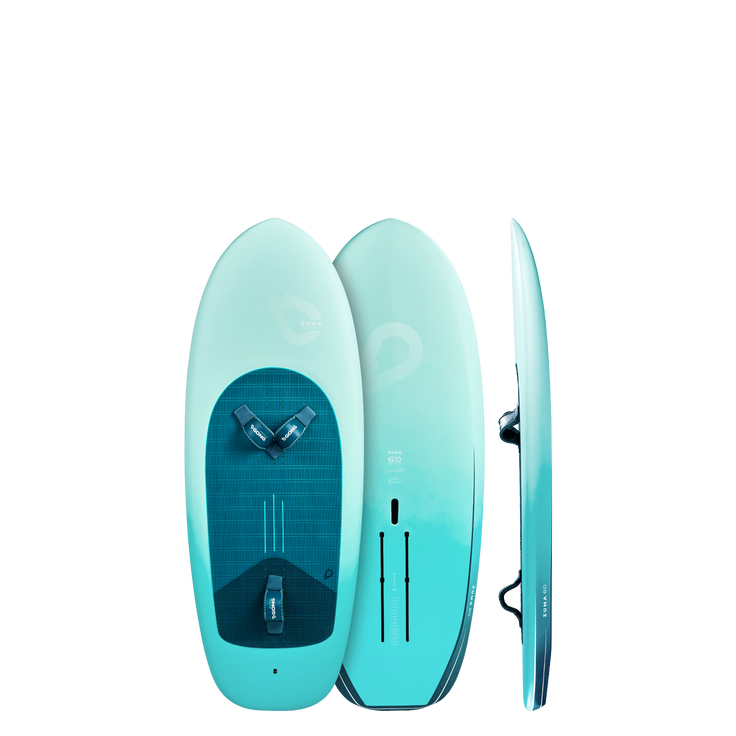
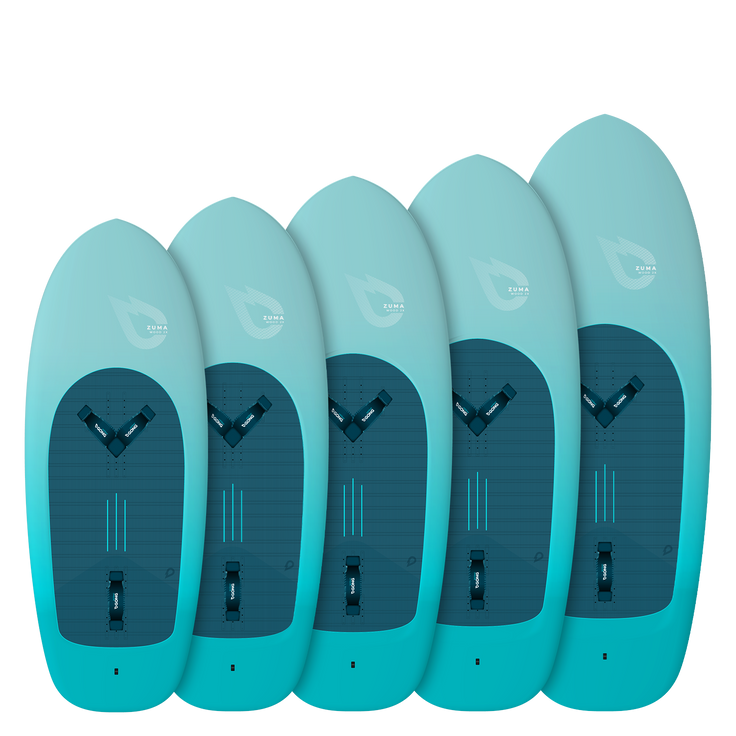
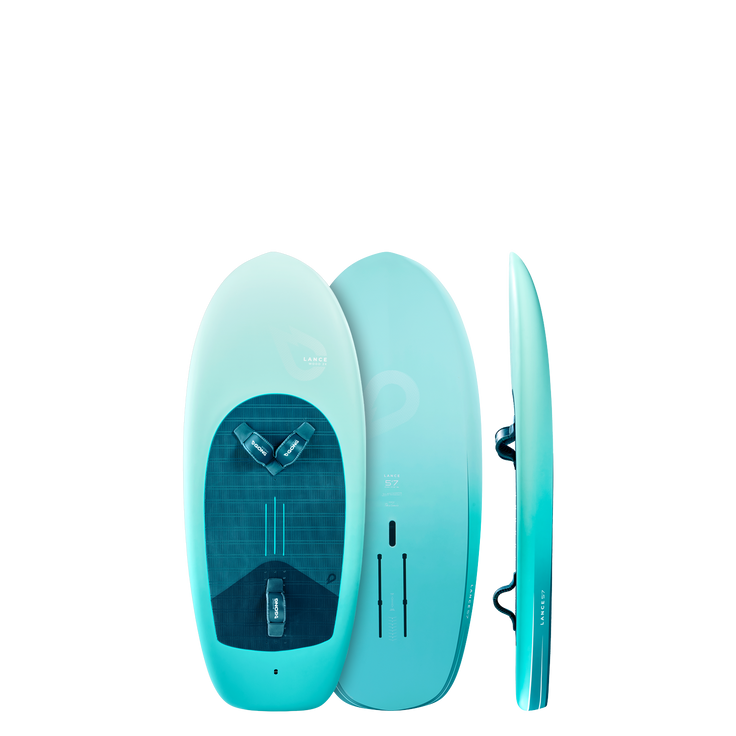
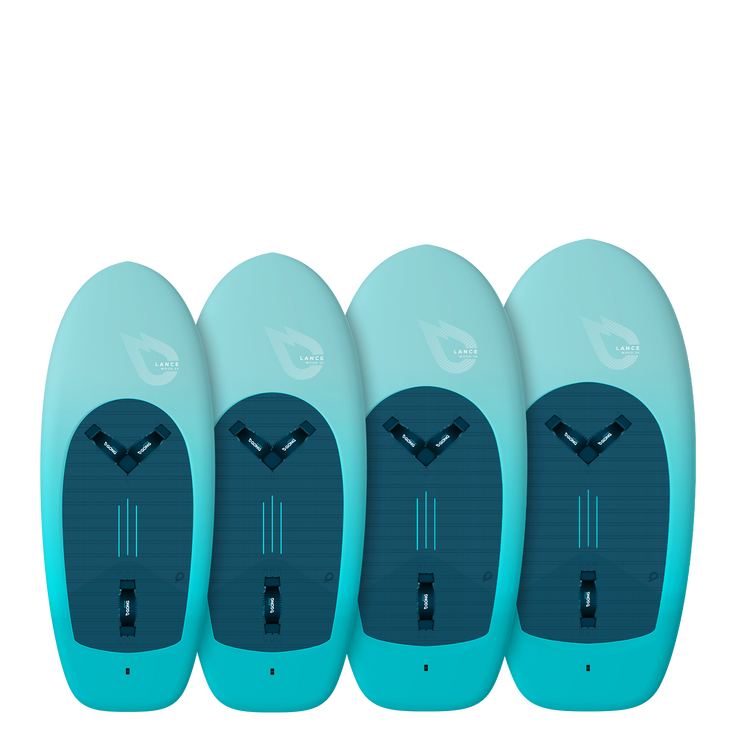
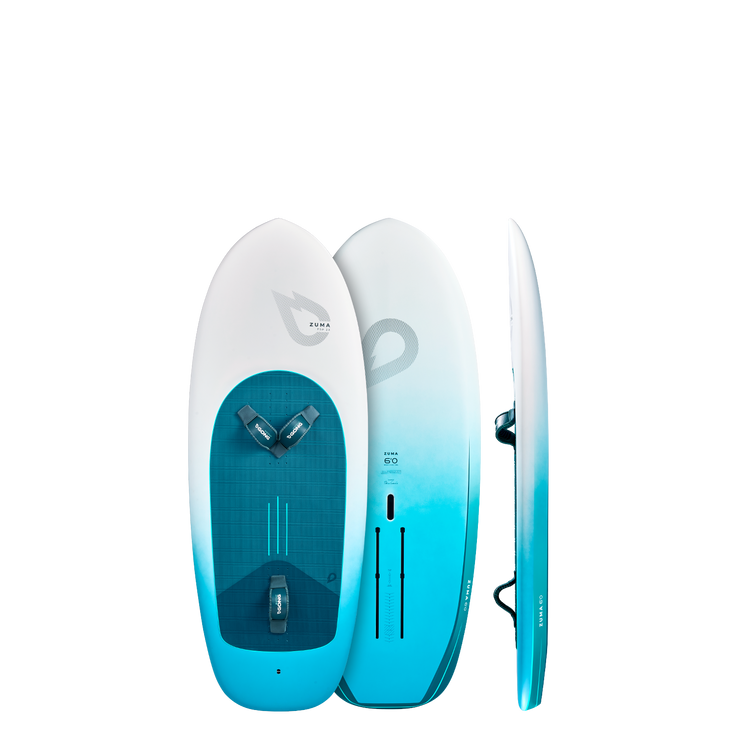
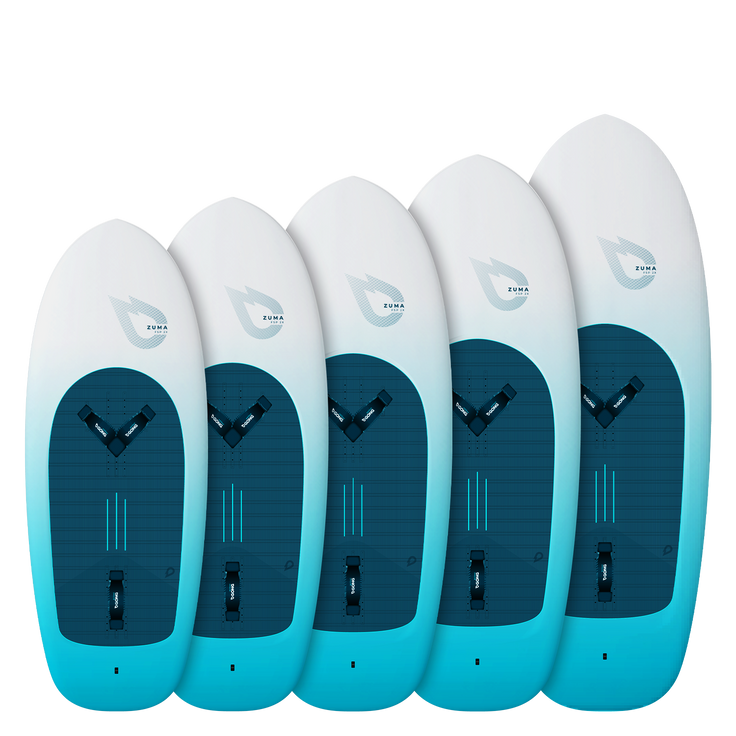
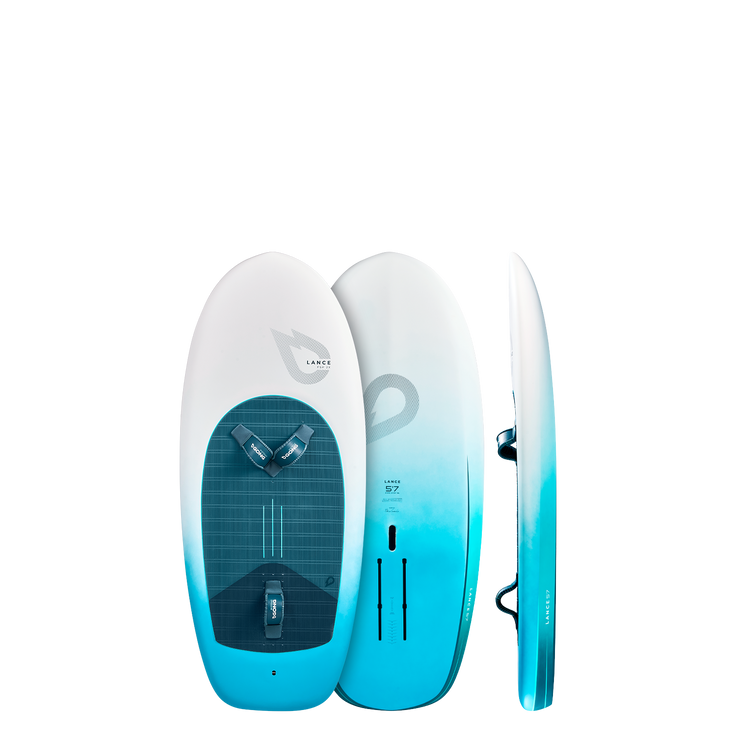
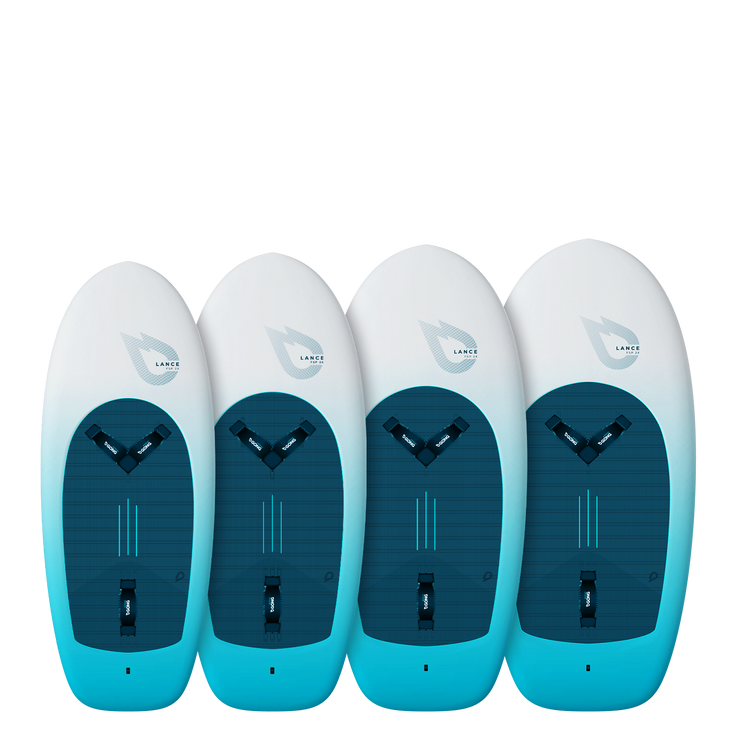
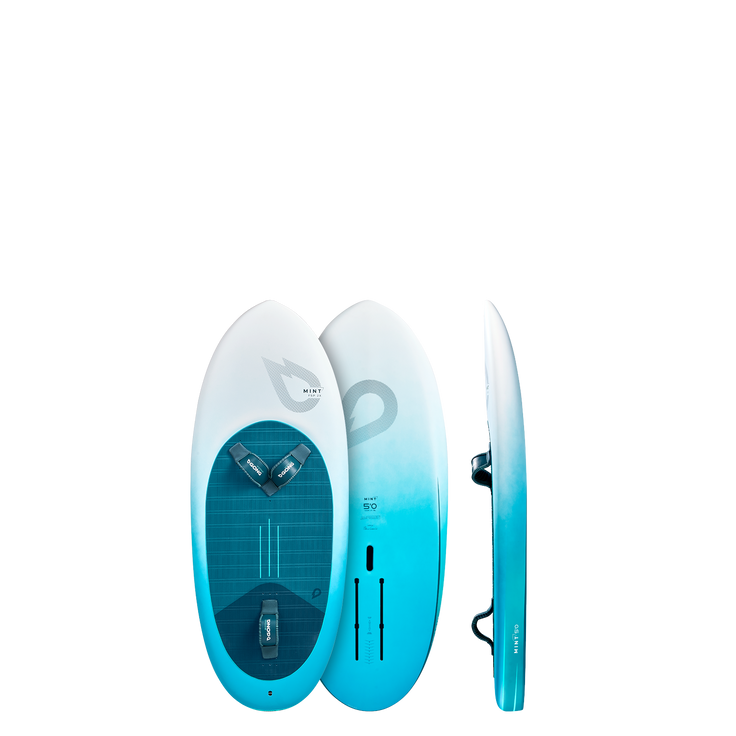
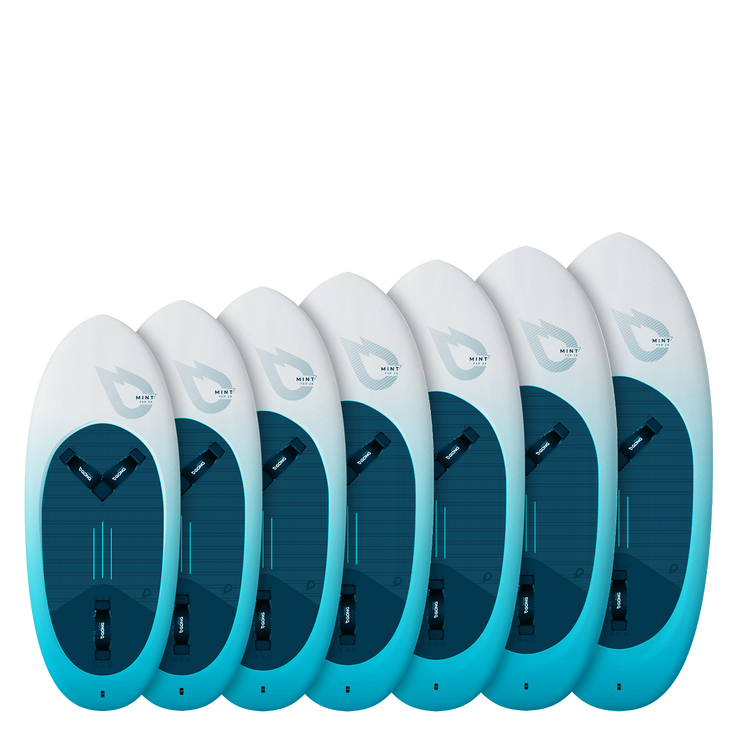
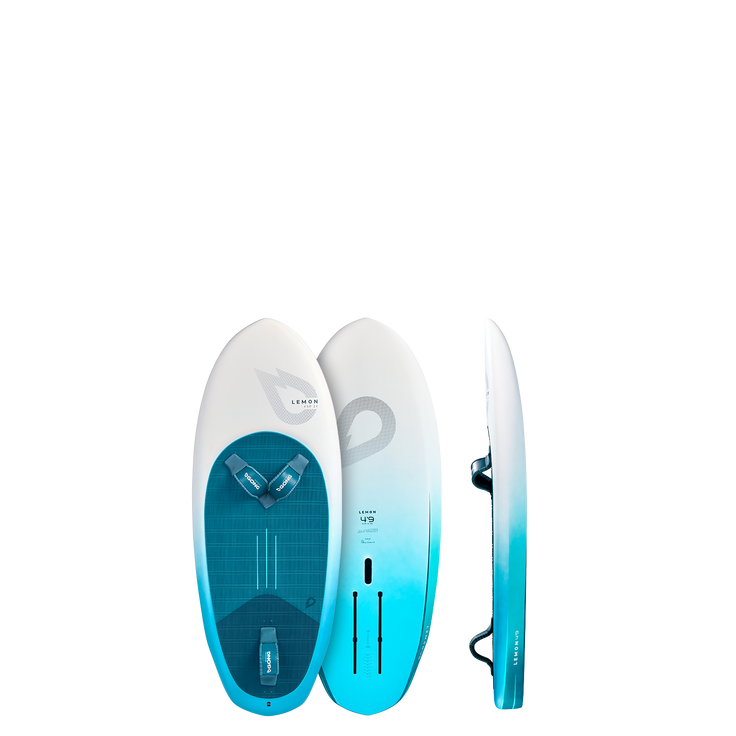
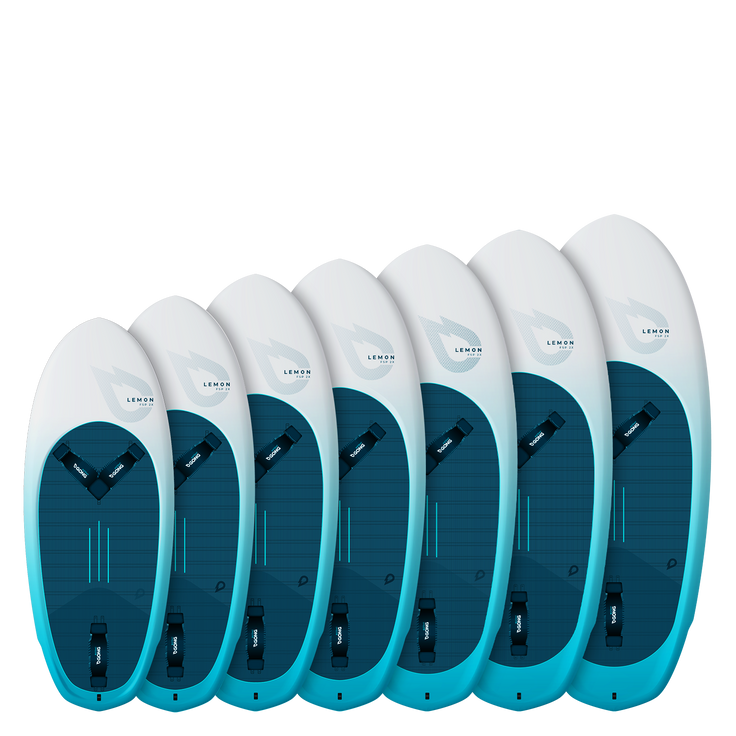
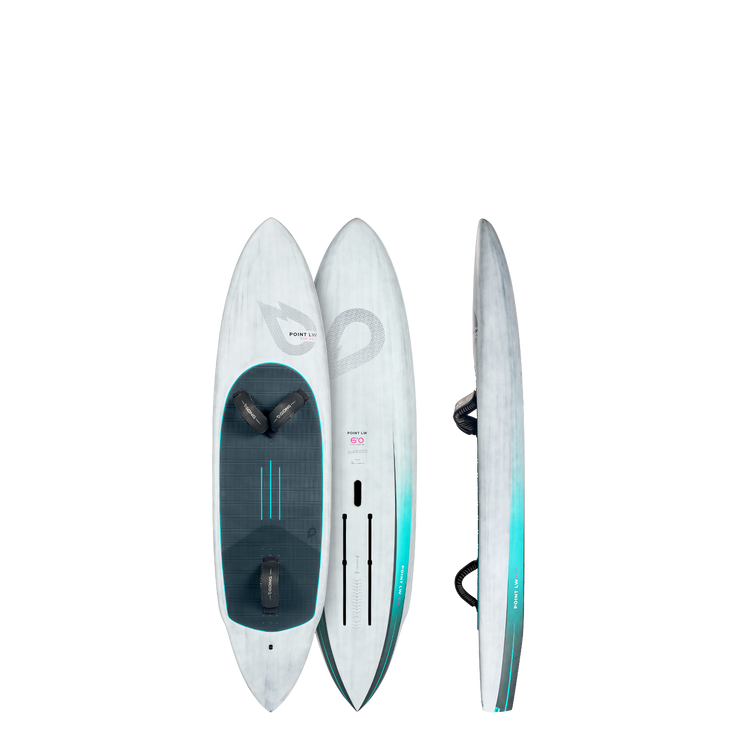
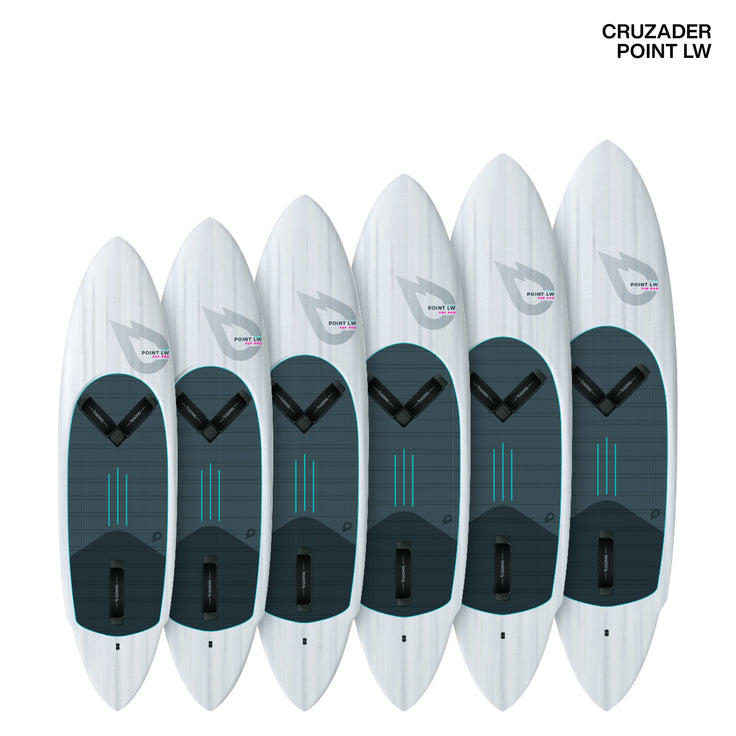
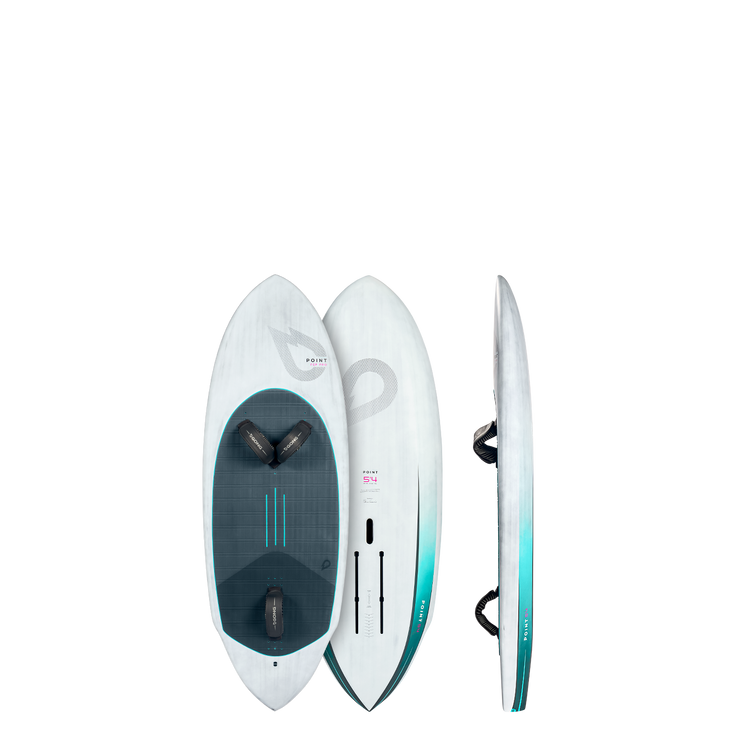
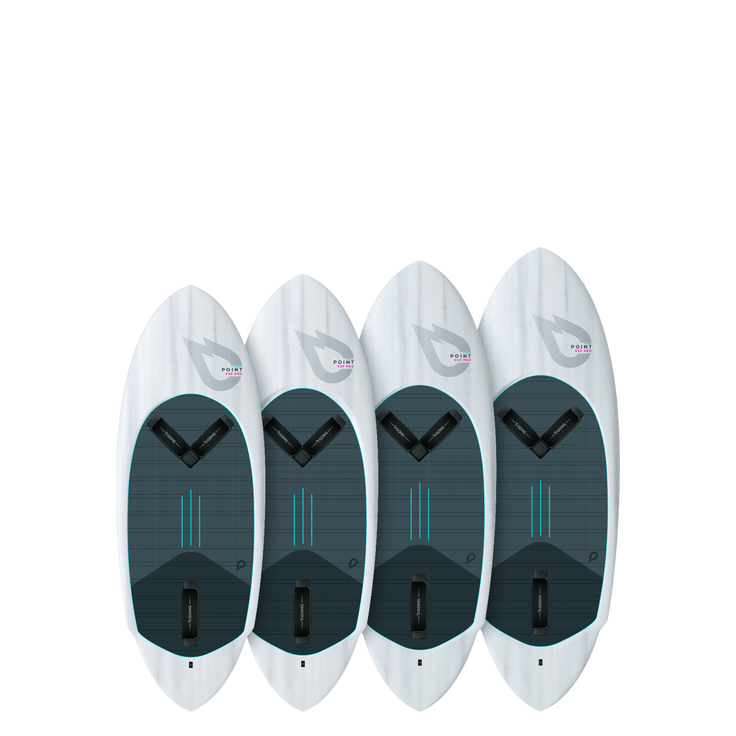
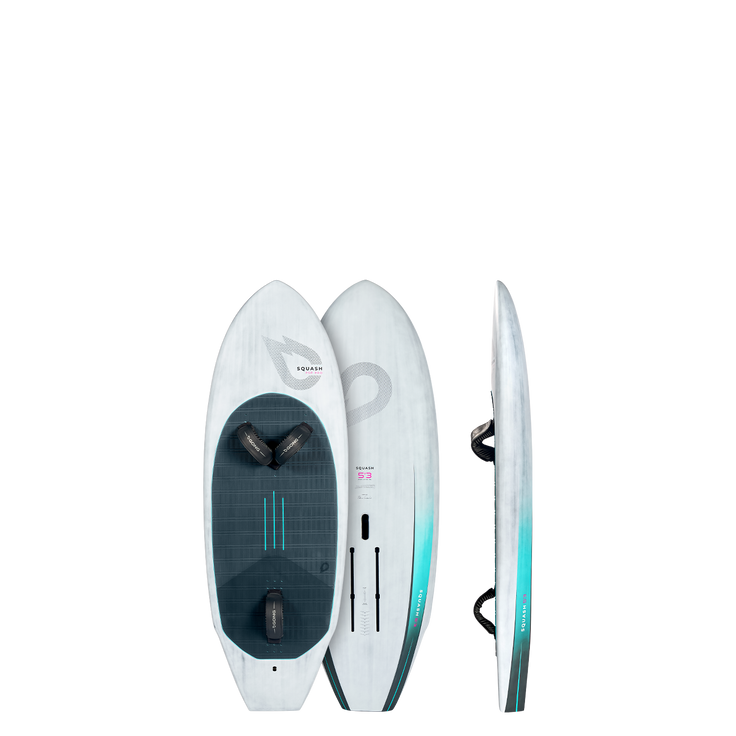
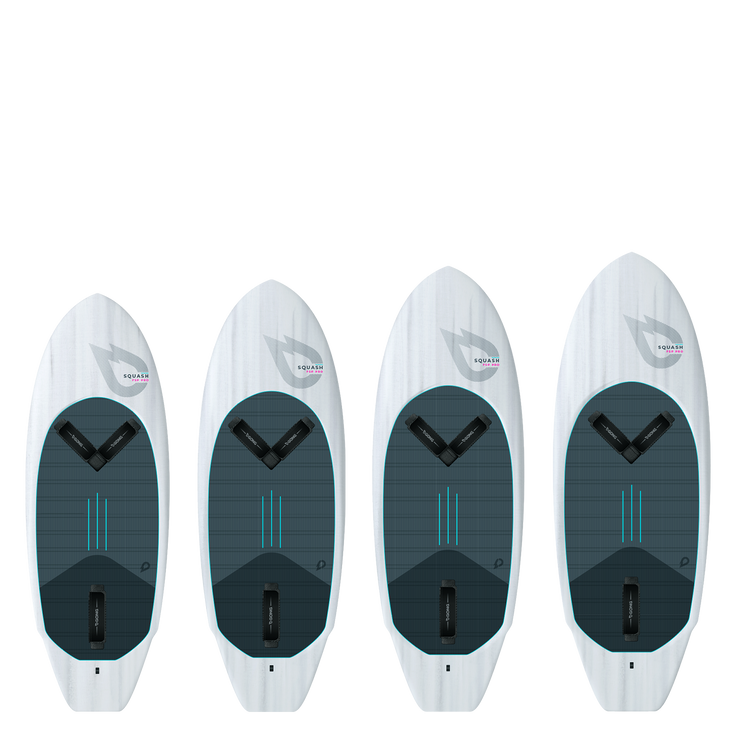
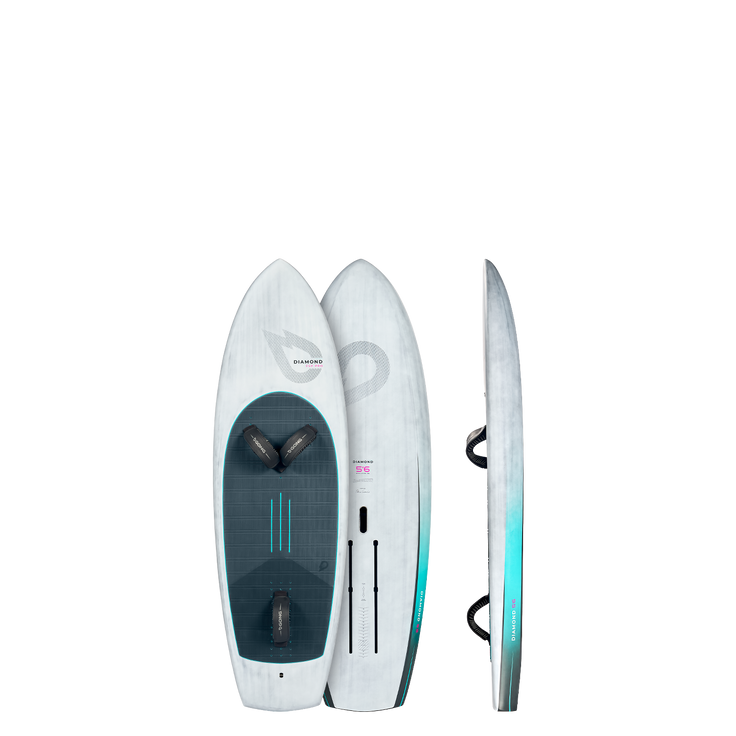
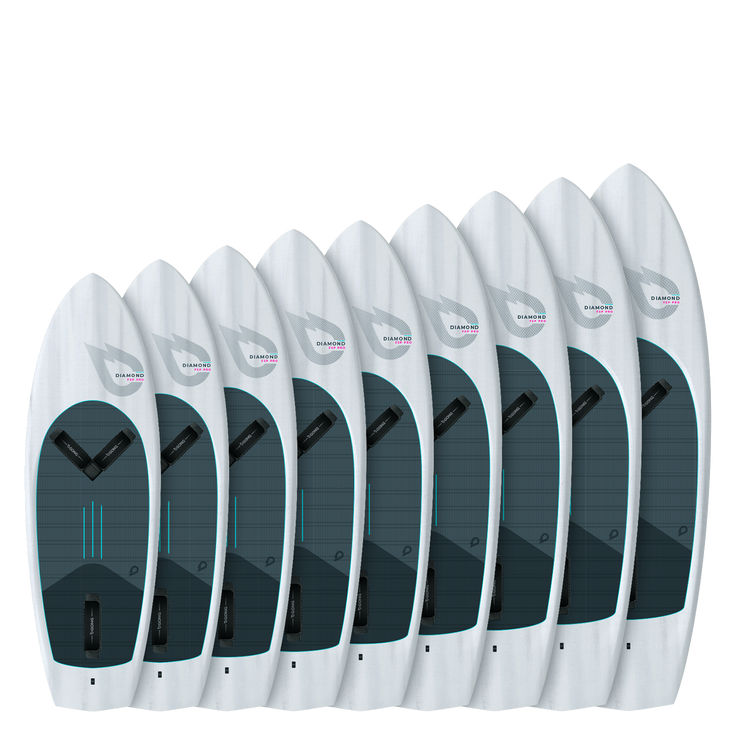
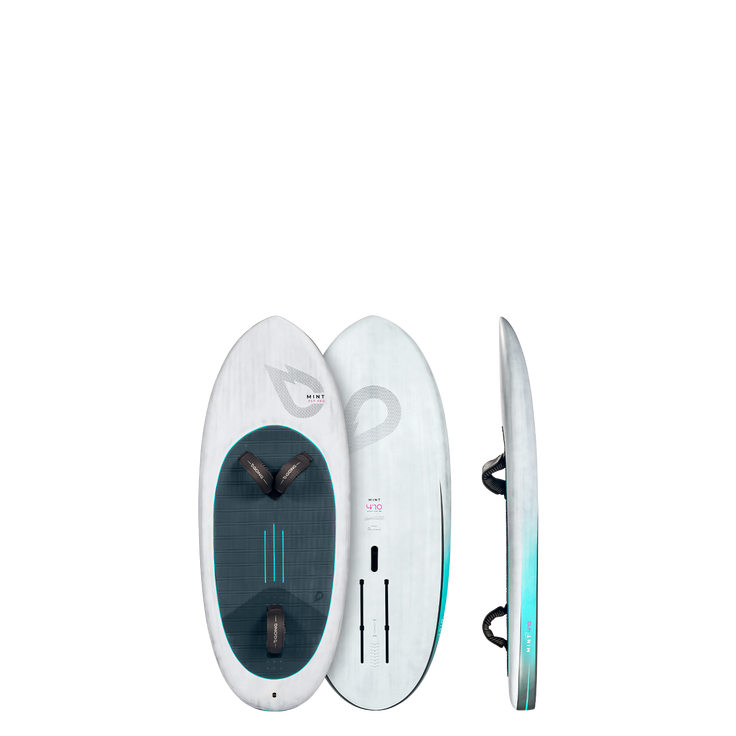
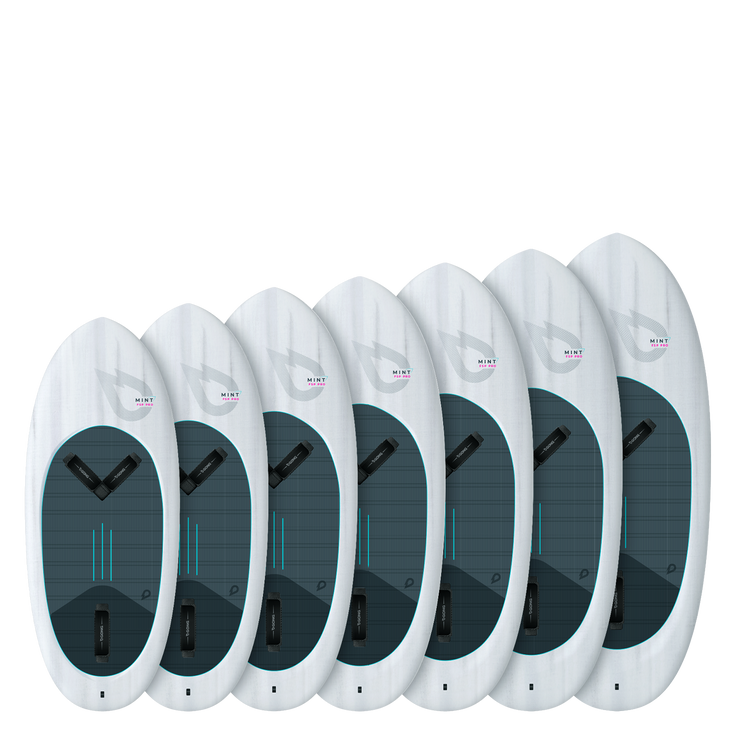
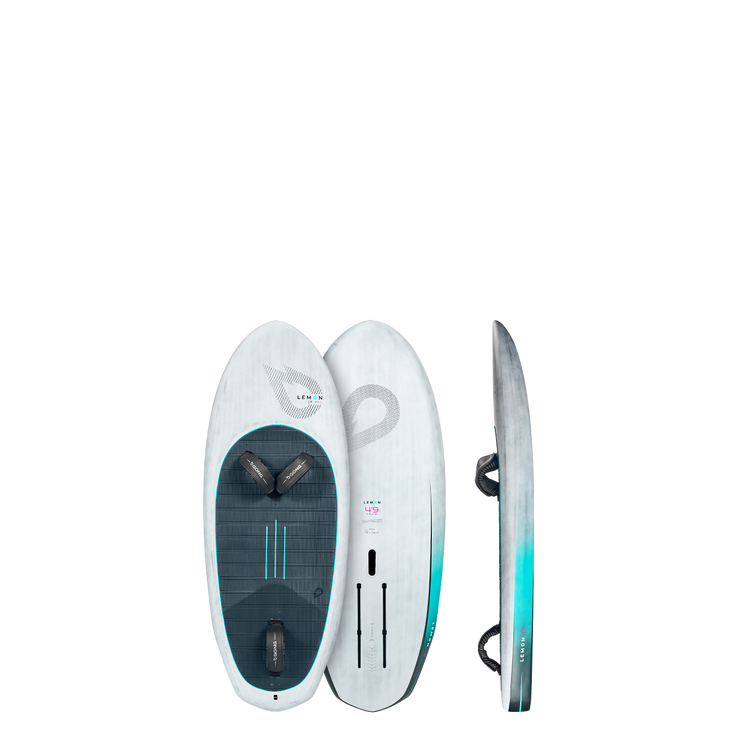
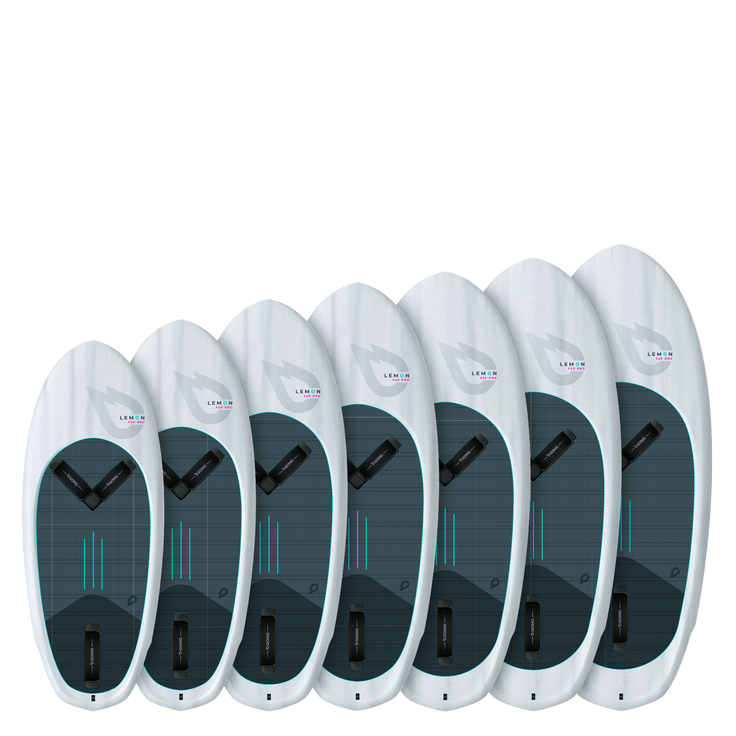
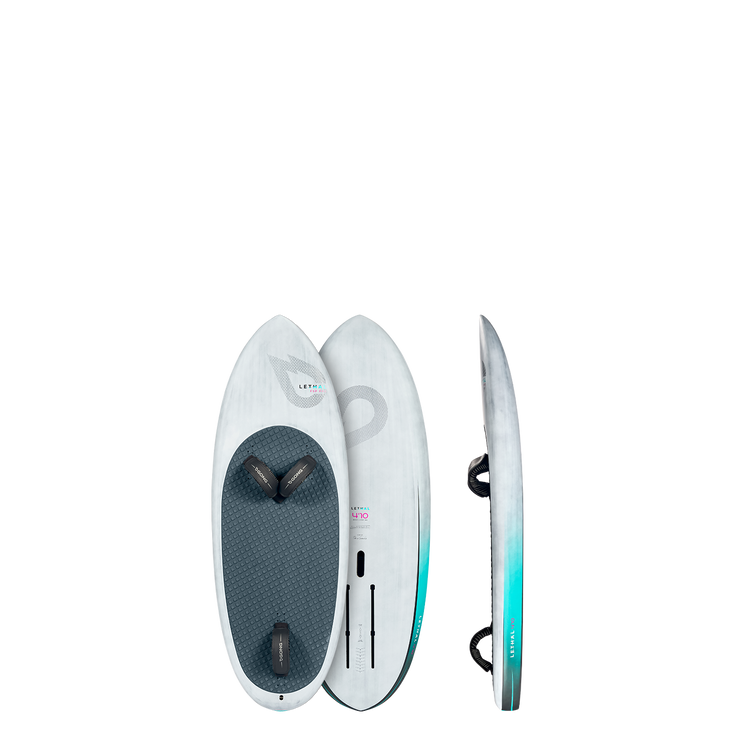
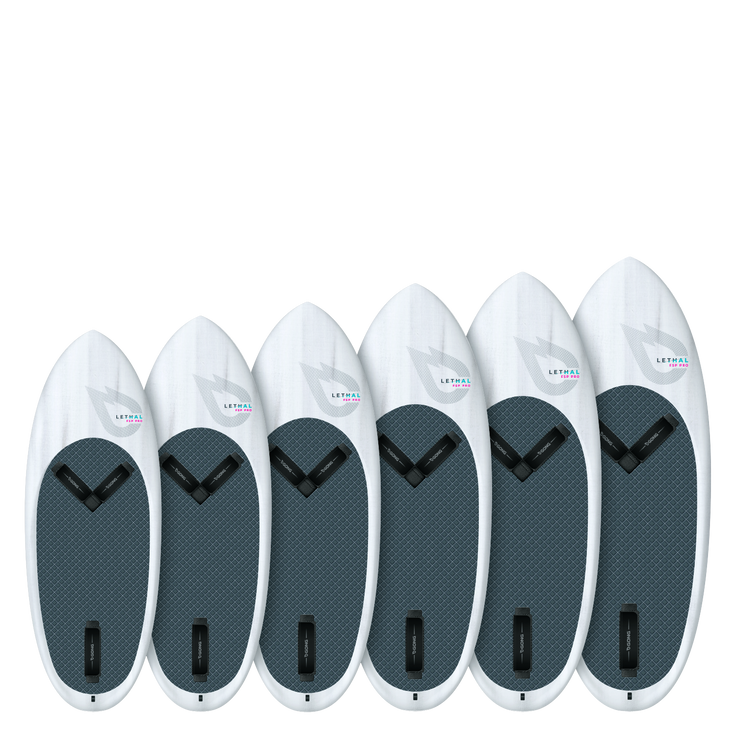
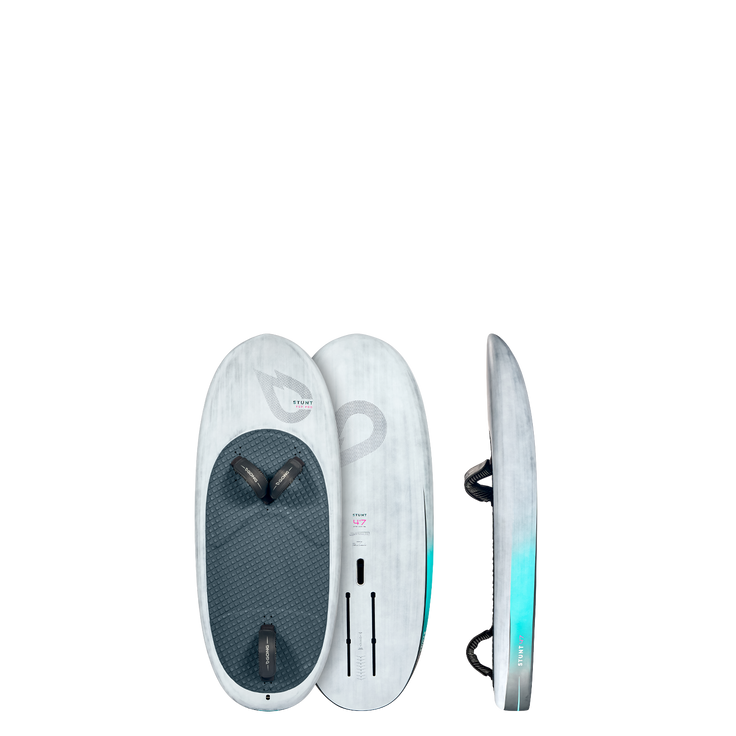
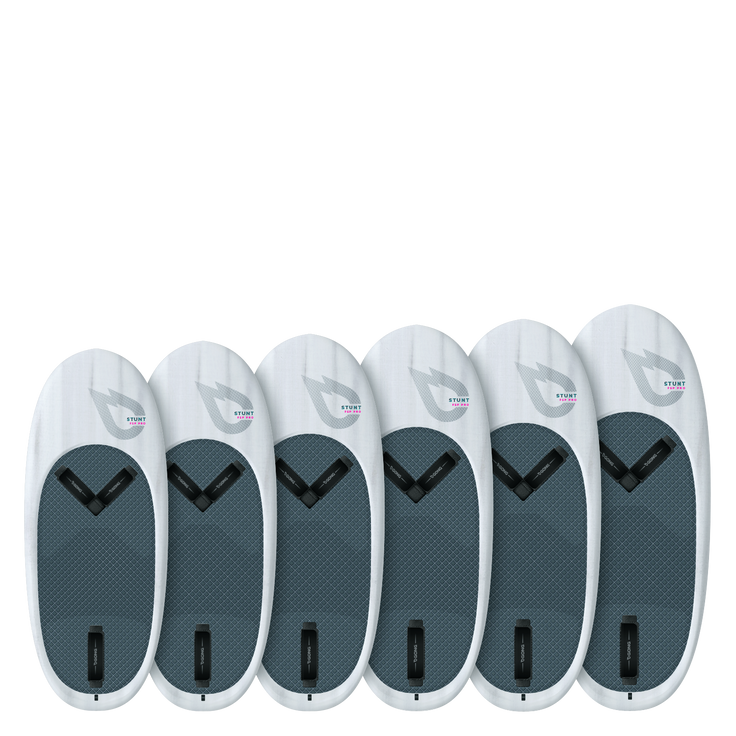
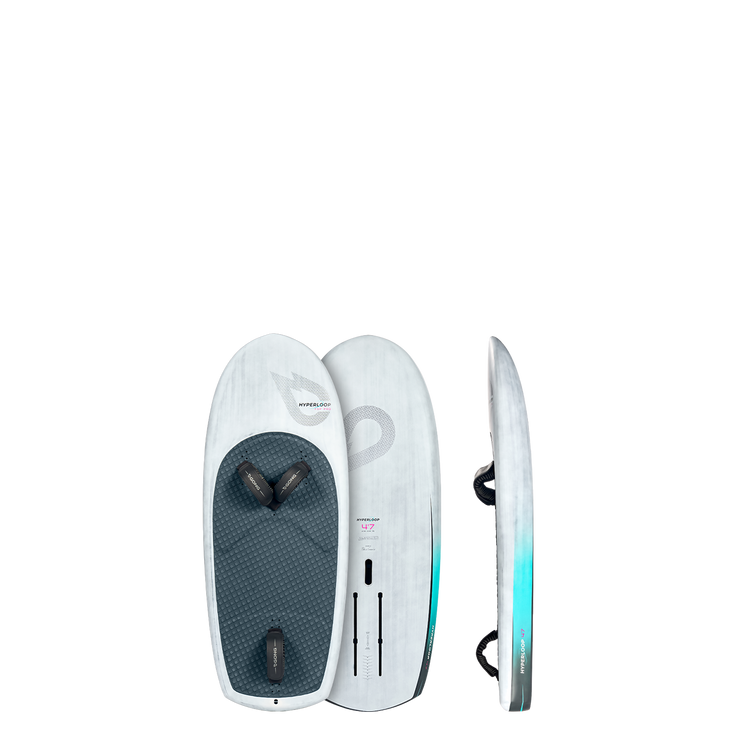
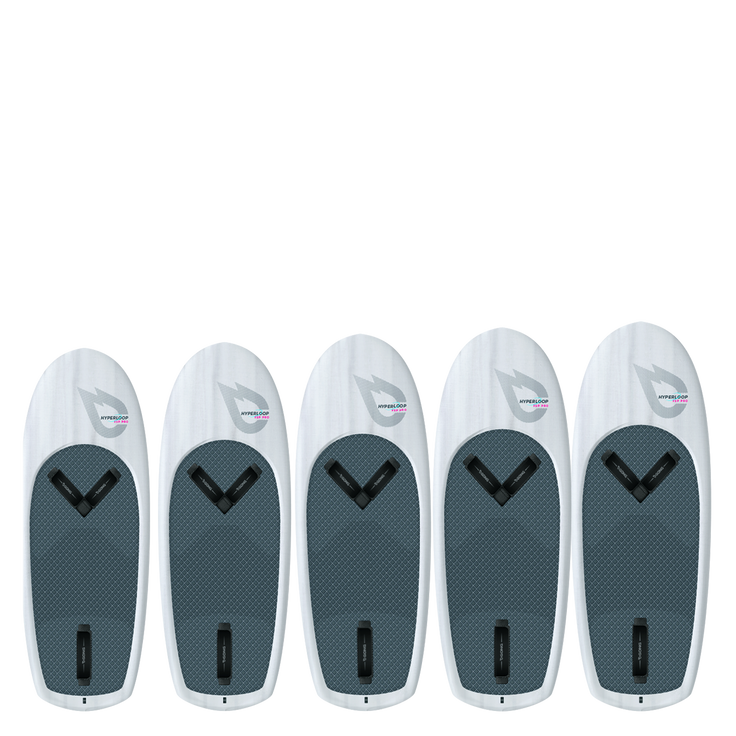
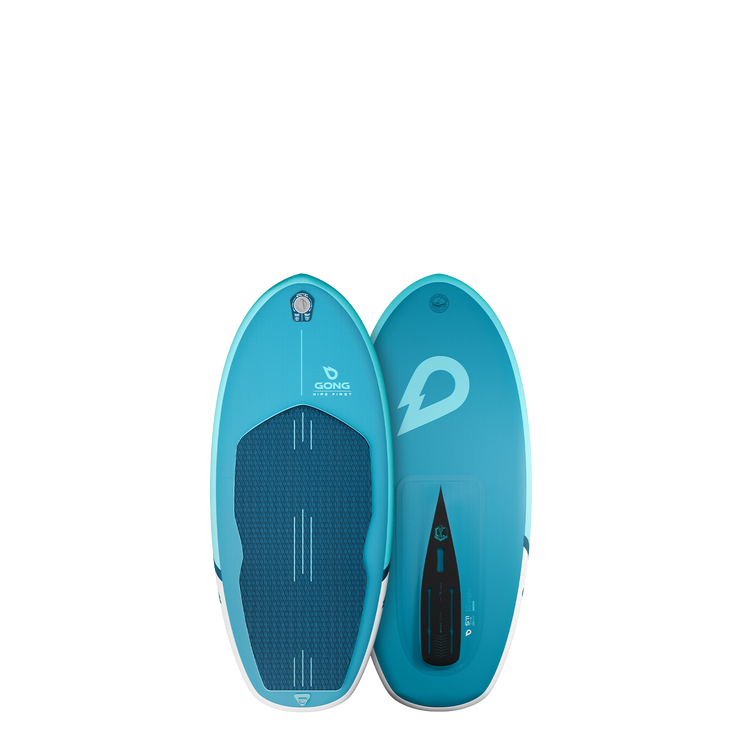
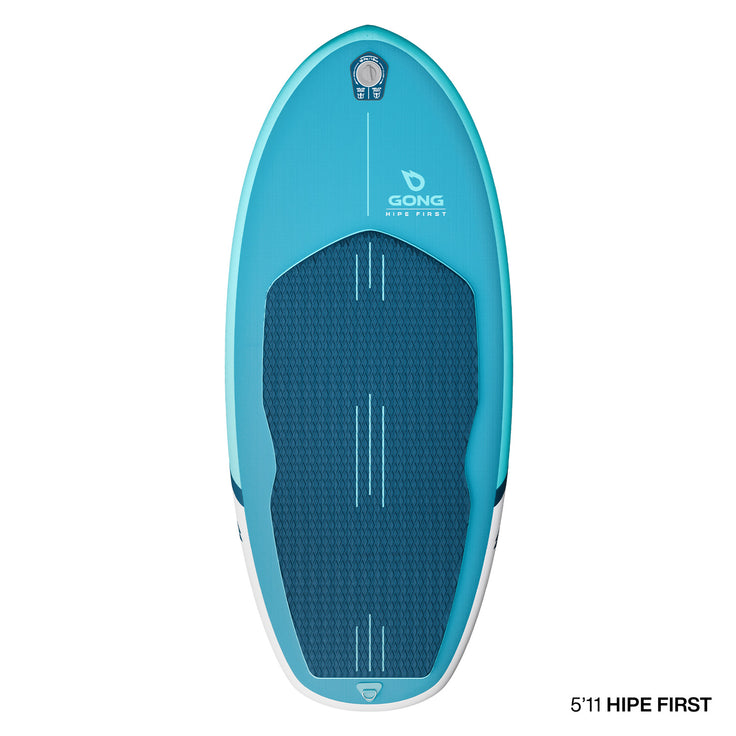
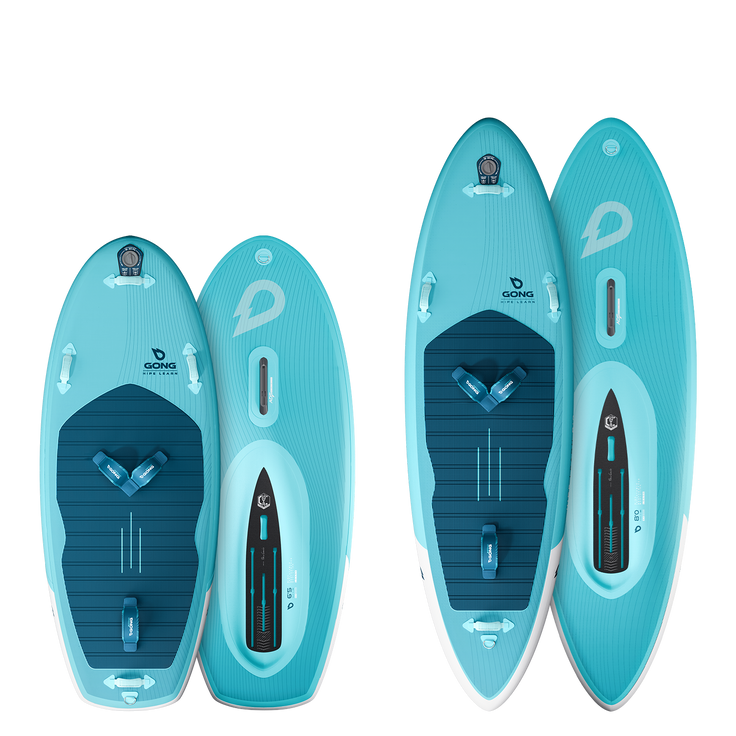
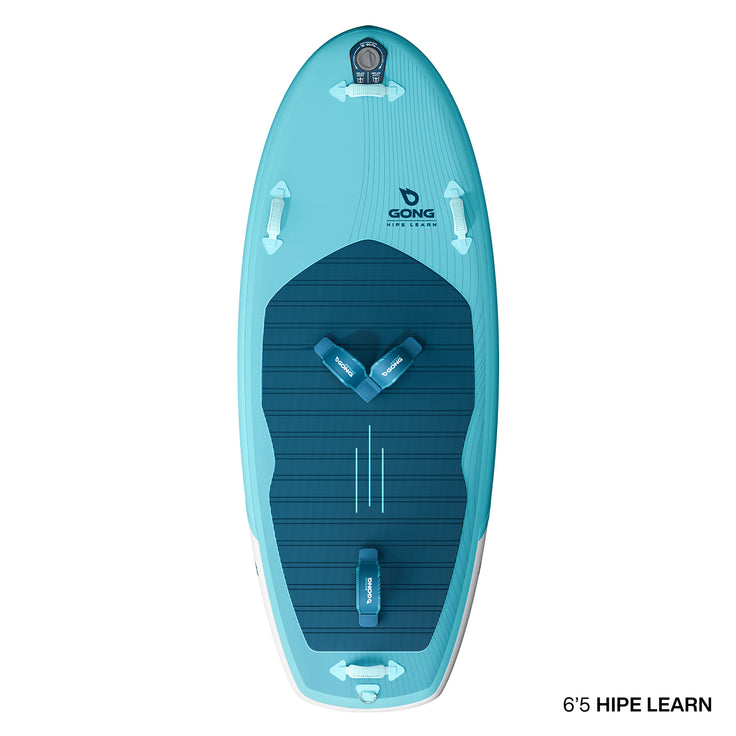
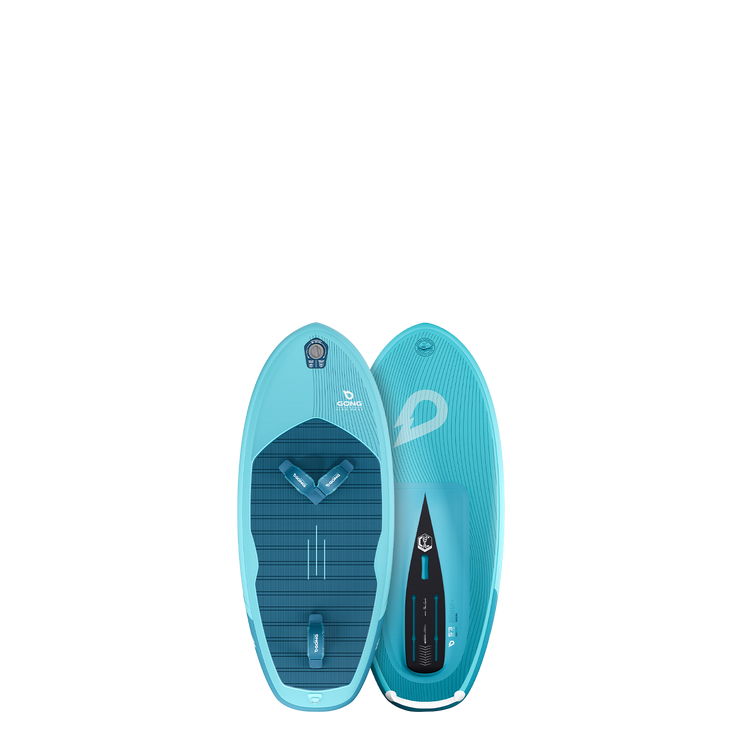
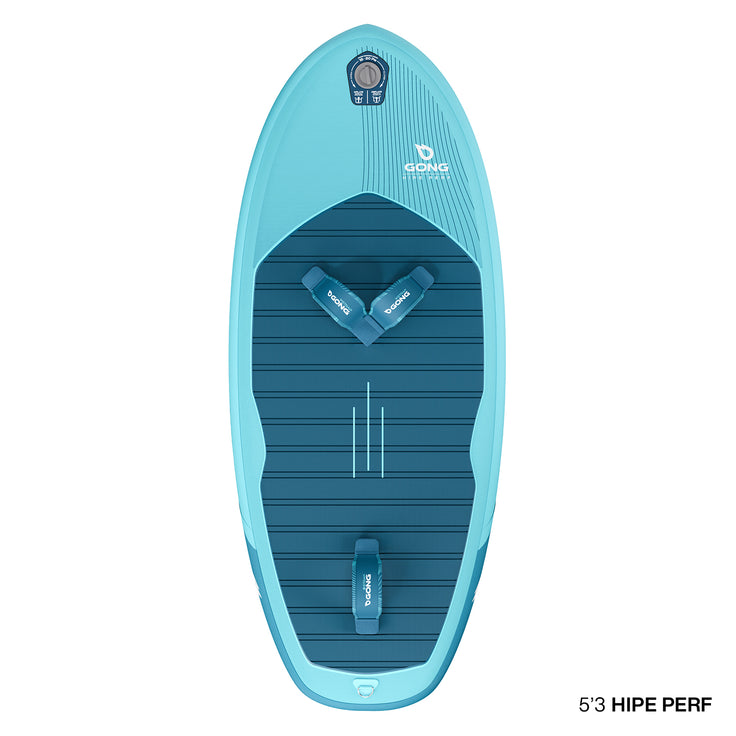
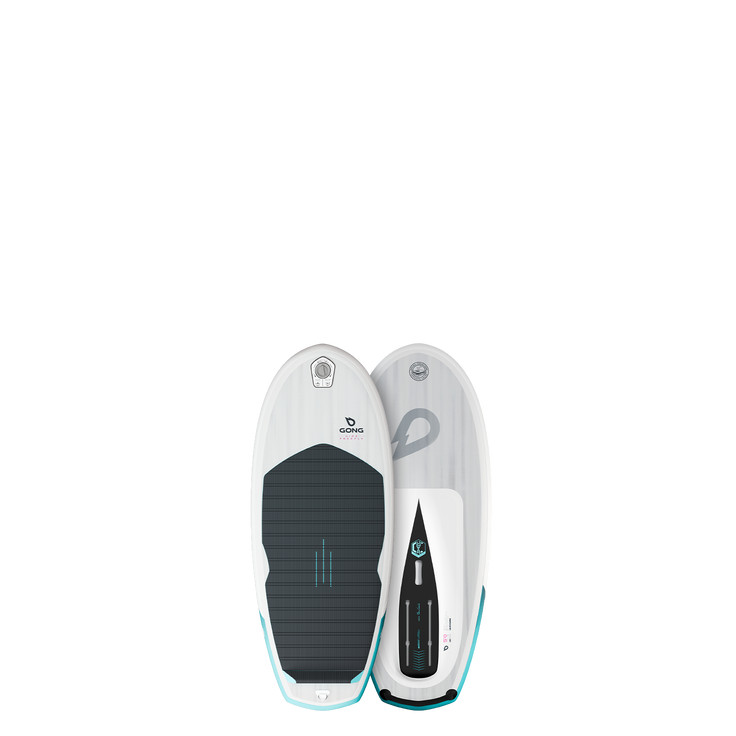
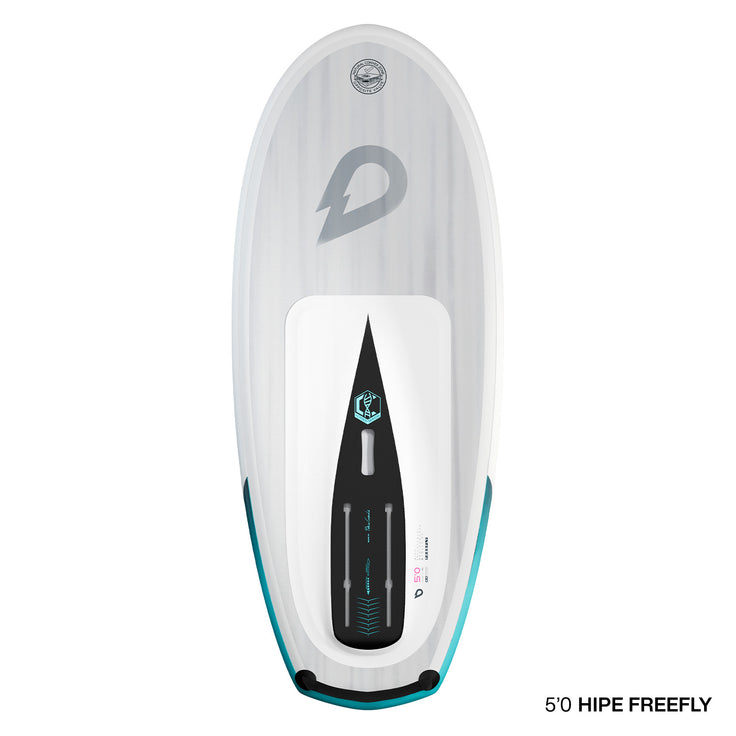
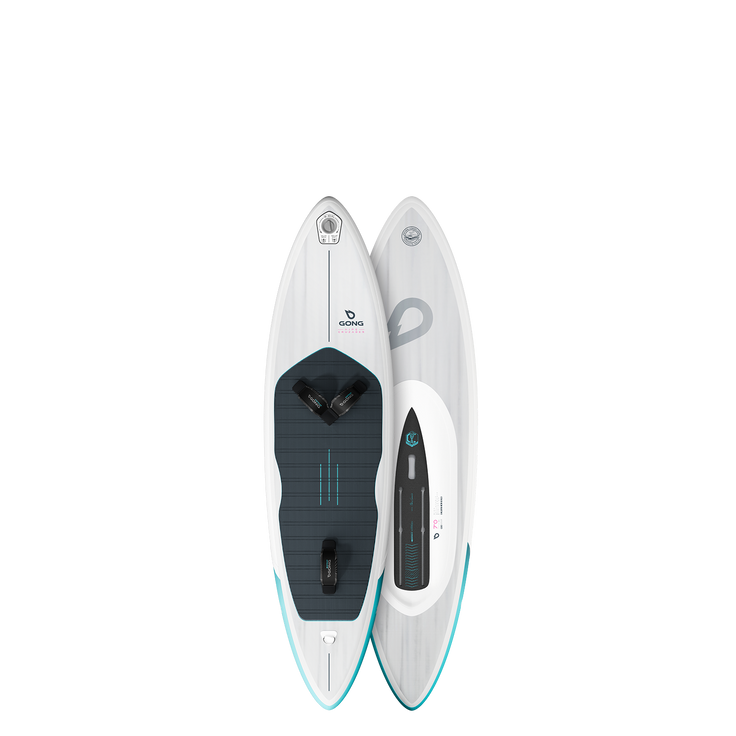
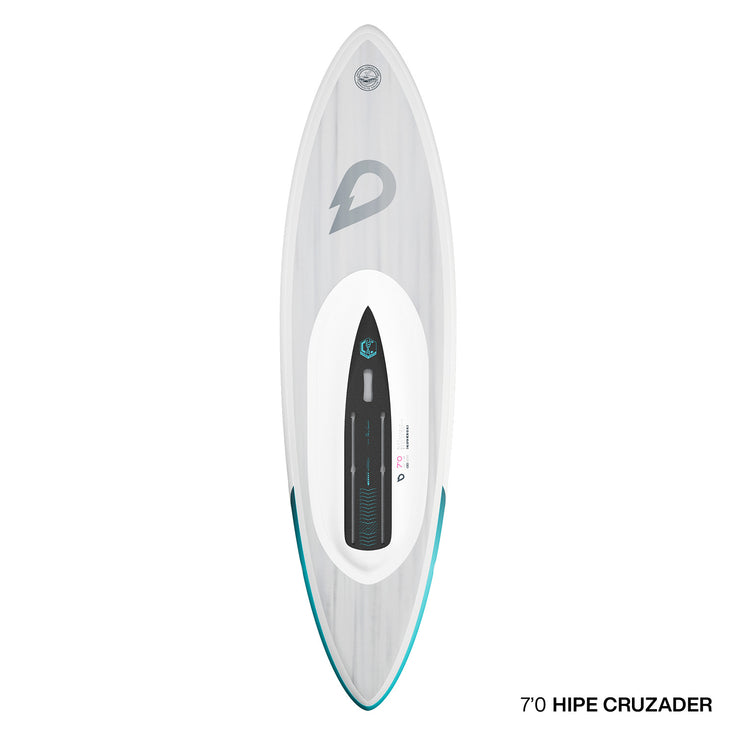
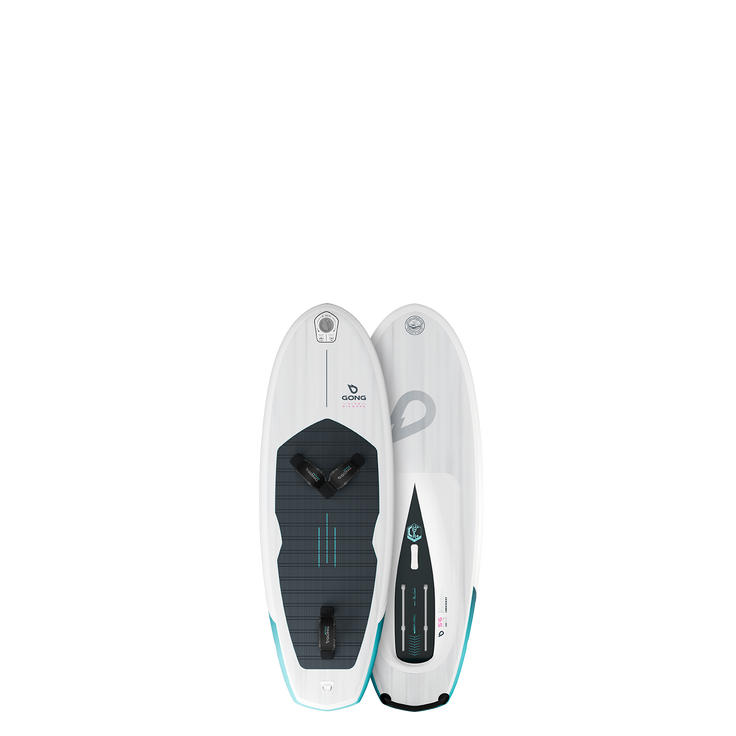
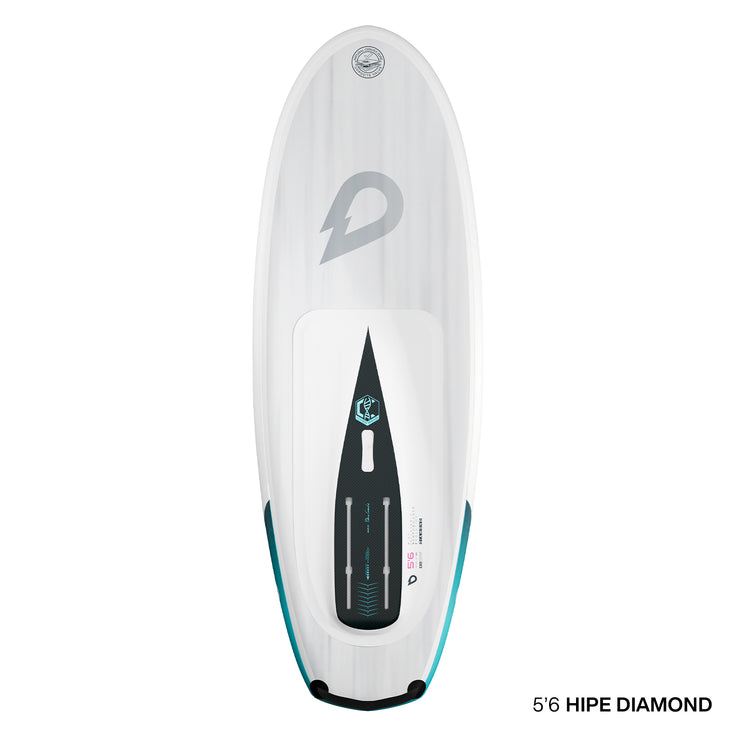

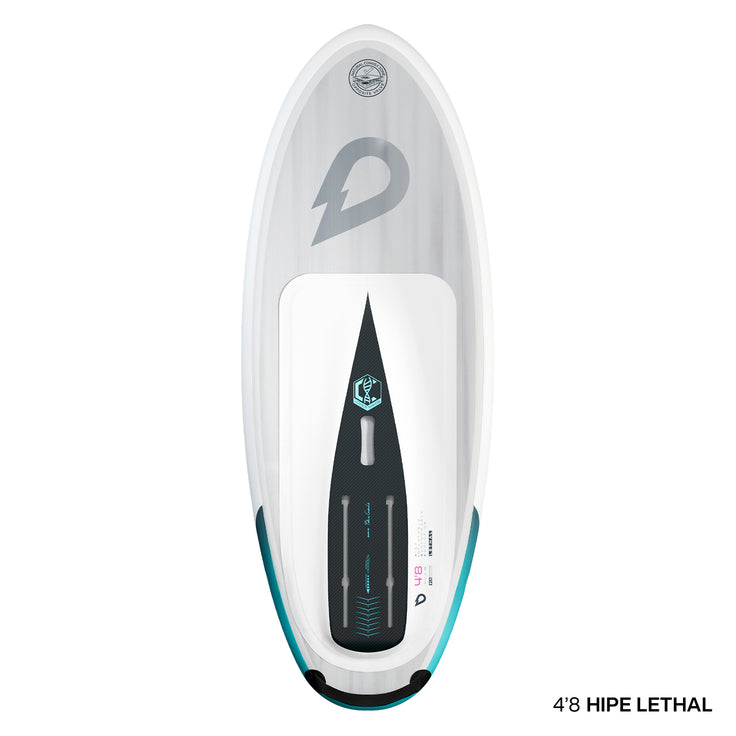
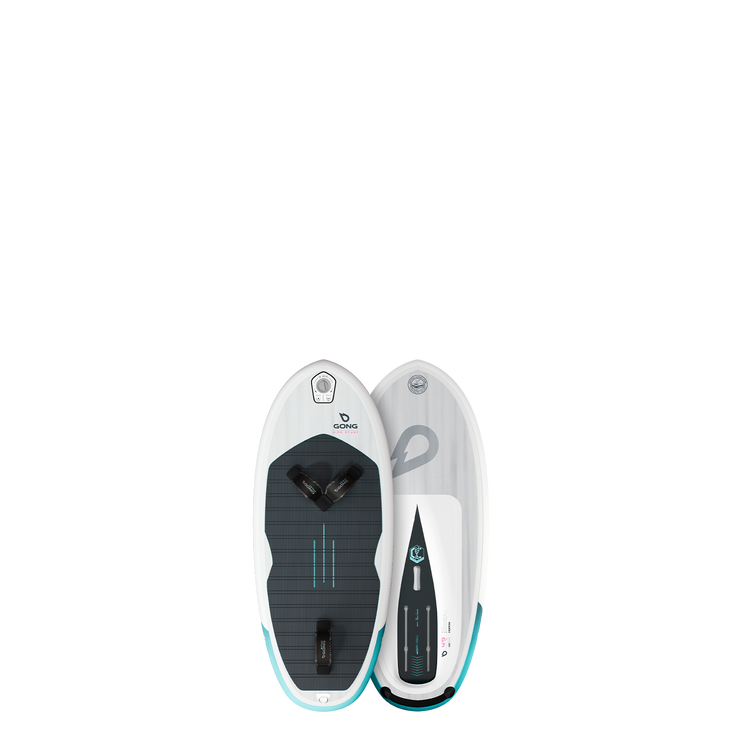
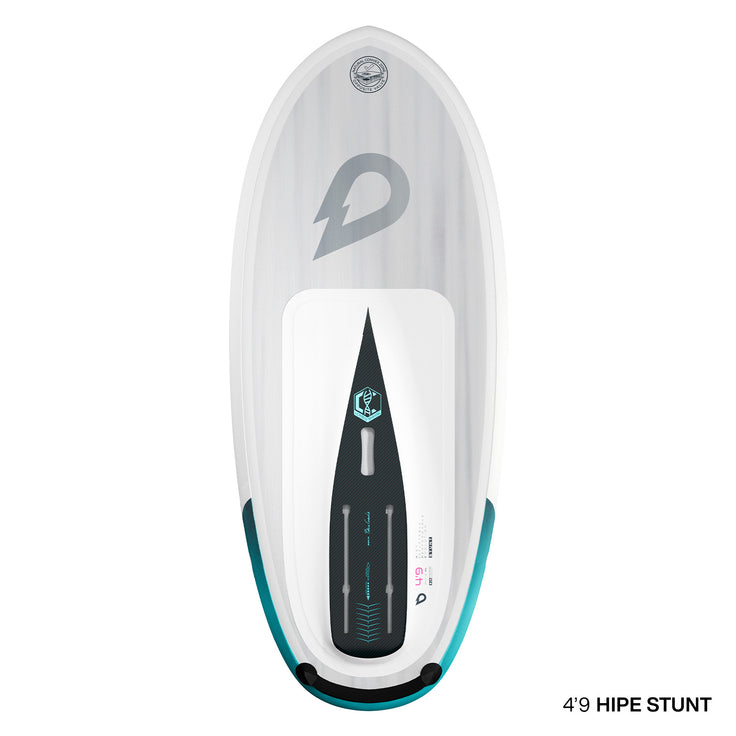
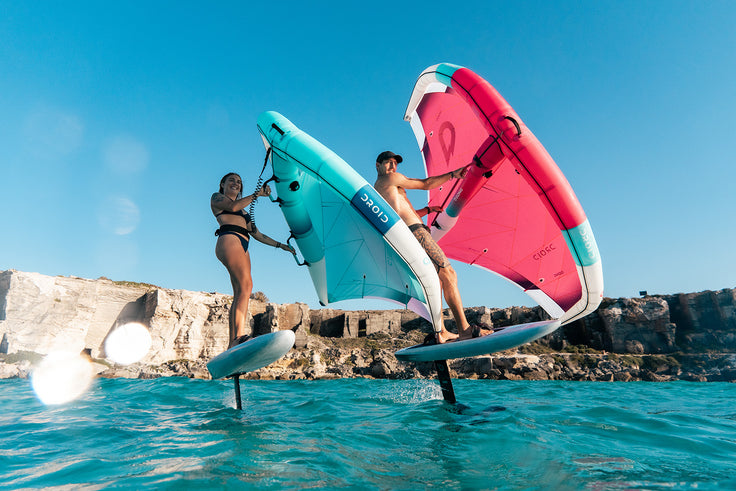
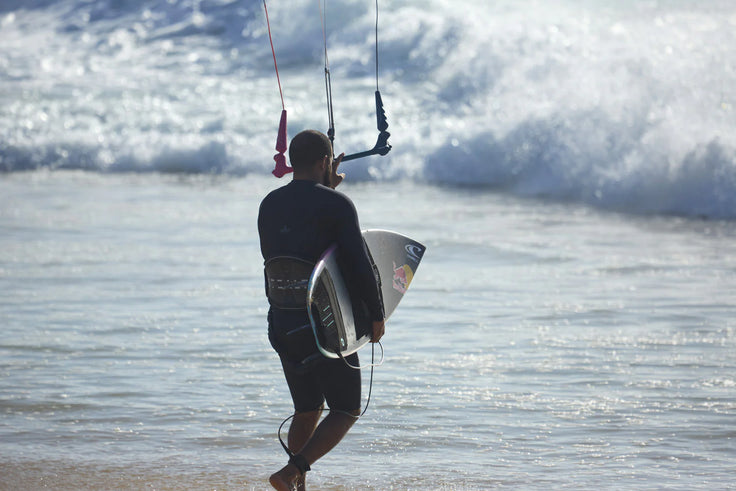
1 comment
Bonjour,
Pourriez-Vous me conseiller un ensemble complet gonflable à mètre son mon catamaran.
J’ai eu une une gong 160L et aile 5 m.
J’avais du mal à décoller en dessous de 20 noeuds.
Il me faudrait une aile 6
Que me conseillez vous